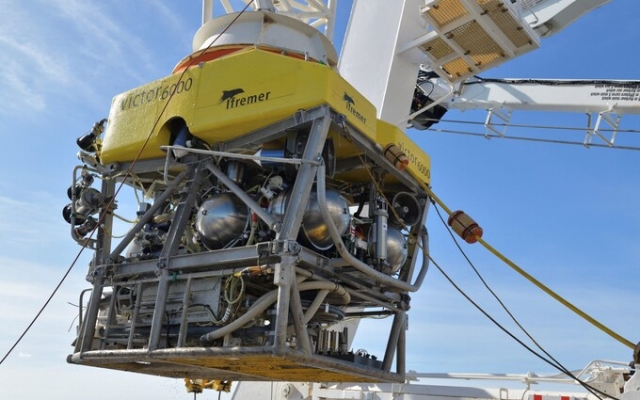 ROV Victor 6000 can dive to a depth of just under 20,000 feet. Credit: Stéphane Lesbats-Ifremer/Reuters
ROV Victor 6000 can dive to a depth of just under 20,000 feet. Credit: Stéphane Lesbats-Ifremer/Reuters
Rescuers rush to find the missing Titan jet ski and five people on board are pinning their hopes on the technology they have used to locate and retrieve the submersible from the depths of the sea.
< p> Rescue teams of the USA, Canada and France are already combing the water area. Ocean and British teams have also offered to help.
Here is some of the gear and equipment, some of it state of the art and others from WWII, used in a nervous race against time.
< p>The French-built Victor 6000 is a Deep Sea ROV that can dive to just under 20,000 feet.
Victor 6000 Crosshead
Designed for scientific research, the submersible can knock out a Titan if it gets stuck in the Titanic wreckage, which its passengers traveled to observe.
The ROV can also tie a line to a stranded ship so it can be brought to the surface by another vessel.
The Victor 6000, which has been in service since 1999, is connected to its mother ship via a 26,250-foot electromechanical cable.
Crosshead P-3 Orion
Canadian P-3 aircraft are actively participating in the rescue mission and have already located underwater noises in the search area using sonar buoys dropped into the ocean, which led to a reorientation of rescue operations.
The P-3 Submarine Hunter is described by Lockheed Martin, its manufacturer, as «the ultimate maritime patrol aircraft» .
It was used during the Cuban Missile Crisis, Hurricane Katrina and the BP Horizon oil rig disaster in the US.
The Canadian CP-140 Aurora is based on the Lockheed P-3 Orion, a four-engine aircraft developed in the 1960s, with a distinctive tail stinger or «MAD» boom, which is used to detect magnetic anomalies in submarines.
The new aircraft was introduced in 1980 and usually has a crew of 12 to 15 people.
It is equipped with four turboprop engines and four propellers and can reach speeds of up to 455 miles per hour.
Crosshead P-8 Poseidon
The US Navy replaced its Lockheed P-3 Orion with this new maritime patrol aircraft from Boeing in 2004
Designed for anti-submarine warfare and reconnaissance, the P-8 is 129 long feet can reach speeds of up to 564 miles per hour and carry a crew of two to seven people.
C-130 Hercules aircraft, which were usually used for transporting troops and were built in 1954, are also trying to detect a submarine from air.
The much more modern P-8 can also deploy and monitor sonobuoys.
Crosshead sonobuoys
A search aircraft dropped sonobuoys into ocean waves 80 years after they were first used during World War II to detect Nazi submarines.
Buoys are currently used in search and rescue operations to search for missing aircraft, ships or submarines, and it was from them that underwater strikes were first heard.
They are equipped with sonar, a surface float and a radio transmitter to communicate with the aircraft. The sonar emits signals that reflect the echo of an underwater object.
The location of the object is determined by the echo and transmitted back to the buoy on the surface, and then to the aircraft.< /p> Crosshead CURV-21
Remote mass controlled vehicle 6400 lbs or ROV, CURV-21 can dive to 20,000 ft.
Designed for rescue operations at great depths. speed up to 2.5 knots.
7 feet high and 5 feet wide, the ROV is equipped with color television cameras and a high-resolution black-and-white digital camera.
It has a sonar to locate the target and pinger detection. It can also be equipped with special tools, including emergency equipment.
The ROV will be operated from Deep Energy, a 636-foot pipelayer.
Two heavy-duty Hyundai winches with a capacity of 6000m kg rope pull” written on the side were seen arriving at St. John's Airport in Newfoundland. Both winches must be used in tandem to lift the weight of the Titans.
Side-scan sonar
One of the three vessels that arrived on Wednesday morning to participate in the search operation has «side-scan sonar capabilities.»
< p>John Cabot has a system used to «detect and image objects on the seafloor».
The National Oceanic and Atmospheric Administration said the side-scan sonar has multiple physical sensors called a transducer array.
«As the ship moves along its path, the sensor array sends signals from both sides, covering the sea the bottom, like a fan-shaped beam of a flashlight,” the message reads.
“Side Scan searches at a constant speed and in straight lines, which allows the ship to image the ocean floor as it moves.”
< p>The side-scan locator cannot measure depth, so it is often used in conjunction with other ocean floor mapping tools.< /p>'A critical support'
The John Cabot arrived to join the search with Skandi Vinland and Atlantic Merlin.
This 7-foot-long submersible was one of the life-saving vehicles brought to Canada by US Air Force aircraft to assist in rescue operations.
The ROV was sent by Pelagic Research Services, a Massachusetts-based company that specializes in deep sea exploration. — marine rescue equipment.
The company said it was contacted to provide «critical support» to rescue operations.
The Odysseus 6K can dive up to 19,000 feet and weighs less than 3,800 pounds. It is used for the installation and maintenance of ocean surveillance systems, search and recovery and work tasks for industry and exploration.
It is described as highly portable equipment that integrates easily with ship systems and is light enough to operate from a wide variety of boats.
It is remotely controlled from a 20ft container that has the latest video and data processing equipment. This control room can be installed on deck or inside the ship.
Crosshead Atalante
Atalante is a French ship that, at the request of Emmanuel Macron, was diverted from the mission and sent to the search area.
The research vessel is equipped with a Victor 6000 research robot and is expected to arrive on Wednesday evening at the request of US authorities.
A team from Ifremer, the French institute for maritime research, will join Atalante to operate the robot from a ship to which the submersible is cabled.
Ifremer worked on previous Titanic dives. Atalante was built in 1990 and can accommodate up to 30 technicians and scientists. Its length is about 277 feet and its average operating speed is 10 knots.



















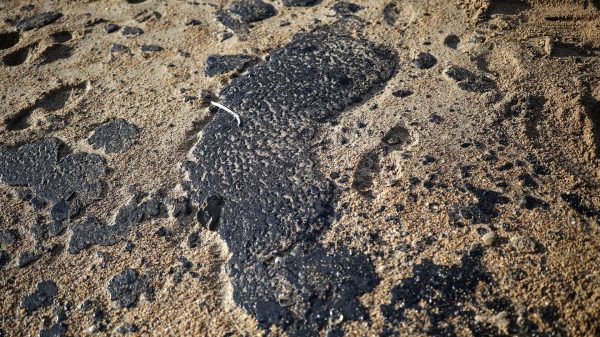
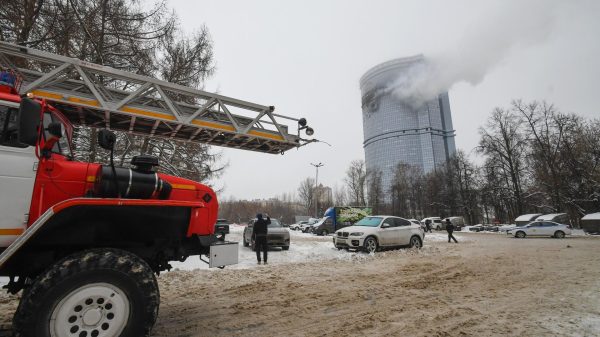

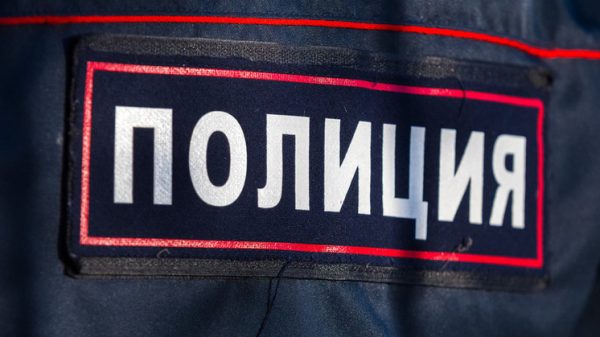

























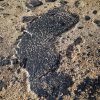


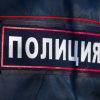










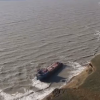
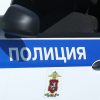






Свежие комментарии